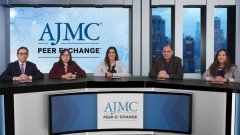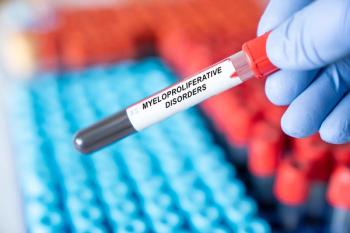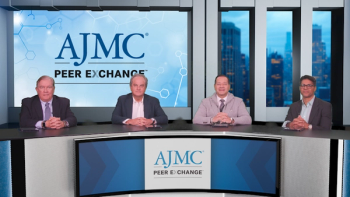
Provider Perspectives on Biggest Unmet Needs in AML Care
Panelists discuss how the greatest unmet needs include addressing poor outcomes in specific subsets like TP53-mutant disease, managing the increasingly older population with secondary mutations, and ensuring global access to targeted therapies and next-generation sequencing.
Episodes in this series

Patients with acute myeloid leukemia (AML) face dramatically different prognosis depending on their specific disease characteristics and age at diagnosis. Younger, fit patients who can undergo intensive treatment followed by bone marrow transplantation have excellent cure rates, while those with high-risk genetic features like TP53 mutations face particularly challenging outcomes with median survival measured in months rather than years. The growing population of older patients, many in their 80s and beyond, represents an increasing proportion of newly diagnosed cases, often presenting with secondary AML arising from prior blood disorders.
Access to specialized care and advanced genetic testing remains a critical unmet need, particularly for patients in underserved communities or developing countries. Patients benefit most when they receive care at centers equipped with comprehensive mutation analysis and access to targeted therapies, yet these resources remain unavailable to many. The complexity of modern AML treatment requires specialized expertise in managing drug interactions, supportive care, and treatment-related complications that community providers may encounter infrequently.
Quality-of-life considerations have become increasingly important as treatment options expand for older patients who may not achieve cure but can gain meaningful life extension. Patients consistently express preferences for maintaining independence, spending time with family, and avoiding prolonged hospitalizations when discussing treatment goals. Health care providers must balance the potential benefits of aggressive treatment against the significant burden of frequent clinic visits, transfusion requirements, and treatment-related adverse effects, particularly for frail elderly patients with limited social support systems.
Newsletter
Stay ahead of policy, cost, and value—subscribe to AJMC for expert insights at the intersection of clinical care and health economics.














































